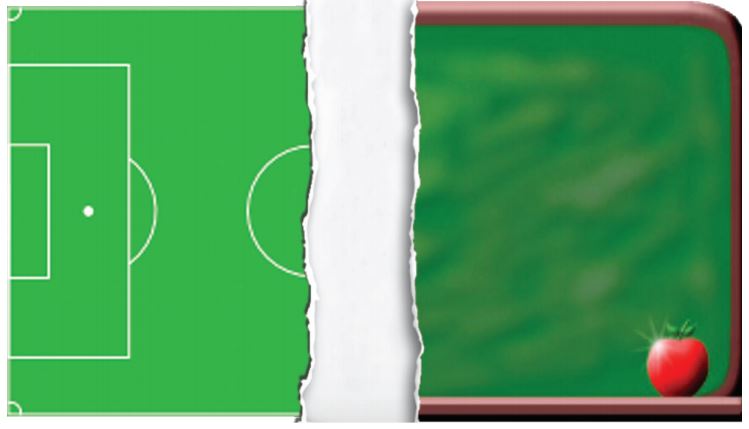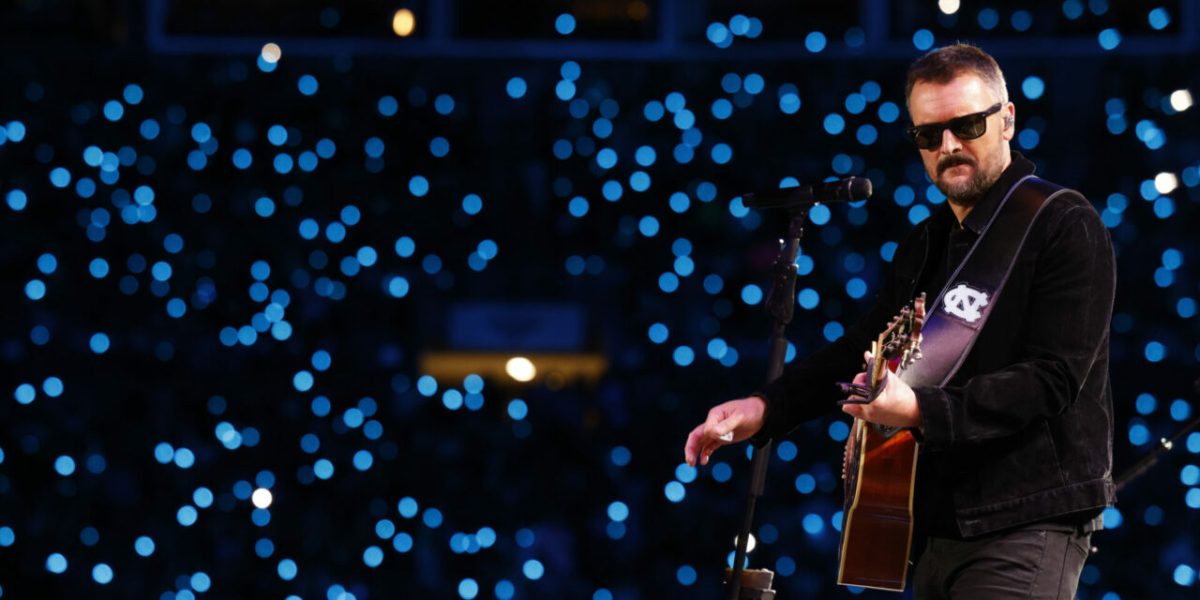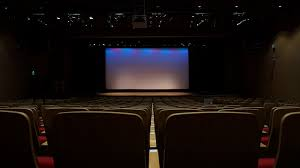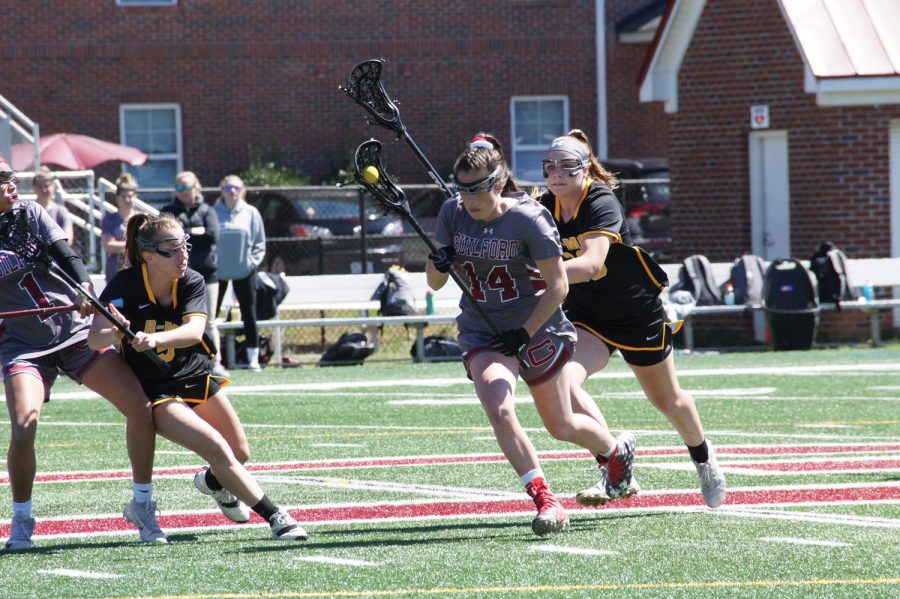Cliques are a fundamental piece of young adult society, ranging from elementary school socializing on the playground to the classic “Mean Girls” lunch table scenario that most have seen. But where do cliques end and close-knit communities begin? Where is the line drawn between a greater bond and obvious exclusivity?
At Guilford, the social divide between athletes and non-athletes, or those who don’t play on official teams, is blatantly obvious to many students.
“A lot of the athletic teams come in early in the summer to start practice, so they all meet each other and have this one thing in common,” said sophomore Luke Bley. “Everyone else kind of stigmatizes them because they’re so close-knit right from the start when everyone is still confused.”
Athlete culture is constructed around camaraderie and a more exclusive bond than that of the larger community. A large part of Guilford’s student body finds athletes and athletic “cliques” bothersome and unnecessarily exclusive.
“There’s that perception of exclusion that people who aren’t athletes feel from athletes and maybe (that) athletes even feel from non-athletes,” said sophomore and Community Senate member Catherine Thomson.
“(Athletes) have this special orientation before (regular first-year orientation) so they’re kind of bonded together. I don’t think there are a lot of people who are interested in getting to know people outside of the group they’ve already bonded with.”
First-year Nick Woghiren, a defensive line player for the football team, had a similar perspective.
“We spend a lot of time with each other, so we really only communicate with each other,” said Woghiren. “It’s a good and bad thing. The bad thing is that heads can collide, but the good thing is that people can come together. It goes either way.”
Dean of Students Todd Clark agreed that more noticeable social groups on campus are generally rooted in shared experiences and previous bonding.
“I think that when you have divisions across any student body that are based on these experiences, you’re going to have a harder time getting understanding,” said Clark. “We think that everybody needs to be able to have some patience and ask for that understanding. We need to encourage seeking to understand the other experience.”
However, junior Ian Skarring, a defensive-mid player for the men’s soccer, chalked it up to time commitment.
“I think it’s more challenging to manage assignments and classwork and everything with travel schedules and practice schedules,” said Skarring. “But it’s a challenge they accept when they decide to be an athlete.”
The athletic divide at Guilford is undoubtedly present, and many students agree that it can be fairly problematic.
The Multicultural Education Department is partnering with the Athletics Department to do some regular diversity training across all the athletes to bridge the social gap.
“When you see someone who is outside of the group that you’re in, have compassion, have empathy and seek a relationship with that person,” said Clark. “That is the message that we’re bringing to athletics.”










